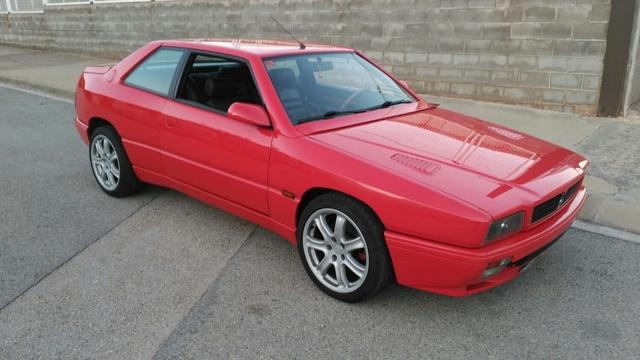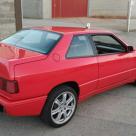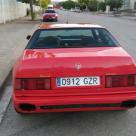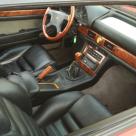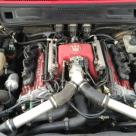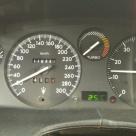1996 Ford Mustang GT
Specifications
Paint color code
Maroon / Burgundy
Trim colour and material
Creme leather
Mileage
28,000
km
Transmission
Manual (floor shift)
Engine Type
6 cylinder
Vehicle location
Spain , Barcelona , Barcelona
Another example of the rare Ghibli, this one finished in red, being a 96 model. This one was advertised in Spain, with only 117,000km. Love these things in red - very Ferrari like, and I love that they still have the 80s styling stemming from the turbo model from which this car derived.
You are about to contact the author of this vehicle.
Be aware this vehicle has currently not been listed for sale!
So refrain from price bidding.
